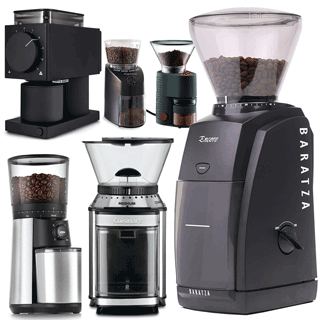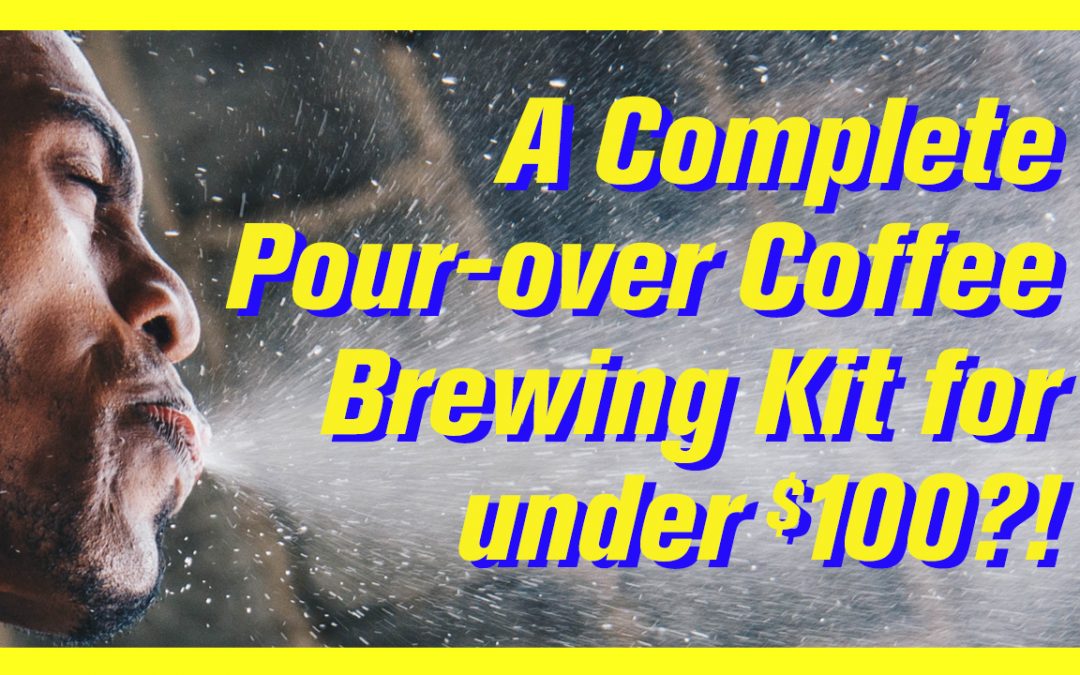
What’s the best Grinder for Pourover

Best coffee grinders for pour over
There are dozens of choices for grinding coffee, from cheap to expensive, so what is the best grinder for pourover?
A person may wonder: “What’s the best grinder for pourover?” After some consideration, the first breakdown is blade v.s. conical burr grinder. You can eliminate a blade grinder right away. The blades do not grind evenly, you’ll end up with varying sizes of ground coffee, which will effect extraction, which will effect flavor. One day you get a weak cup, another a bitter cup. So don’t bother with blade grinders.
Having eliminated blade grinders, the next criteria is cost. You can get a good conical coffee grinder by Cuisinart for $60, all the way up to the Fellow Ode Brew Grinder for $299. You shouldn’t spend anymore than $300, and even that is excessive for pourover, but don’t even got that far.
If you have an espresso machine, or plan on buying one, you should know that there are not any burr grinders that do both well. So you’re looking at two grinders. And espresso is beyond the scope of this site. Check Coffee Cosmos for information on coffee styles outside of Pour-over. DO NOT BUY A GRINDER THAT PROMISES THAT IT GRINDS ESPRESSO AND POUR-OVER, it just can’t do both well.
So what’s the best grinder for pourover?
If you’re restricted by a budget go for the Cuisinart, it’s a real workhorse and grinds well enough for most pour-over drinker’s palates. Bodum, OXO, Capressso make good burr grinders that come in at around $100, but if you’re going to spend that amount, it’s makes sense to chip in an extra and get the Baratza Encore Conical Burr Grinder. Reviews across the internet show it’s the best grinder for the price.
Watch the reviews here.









